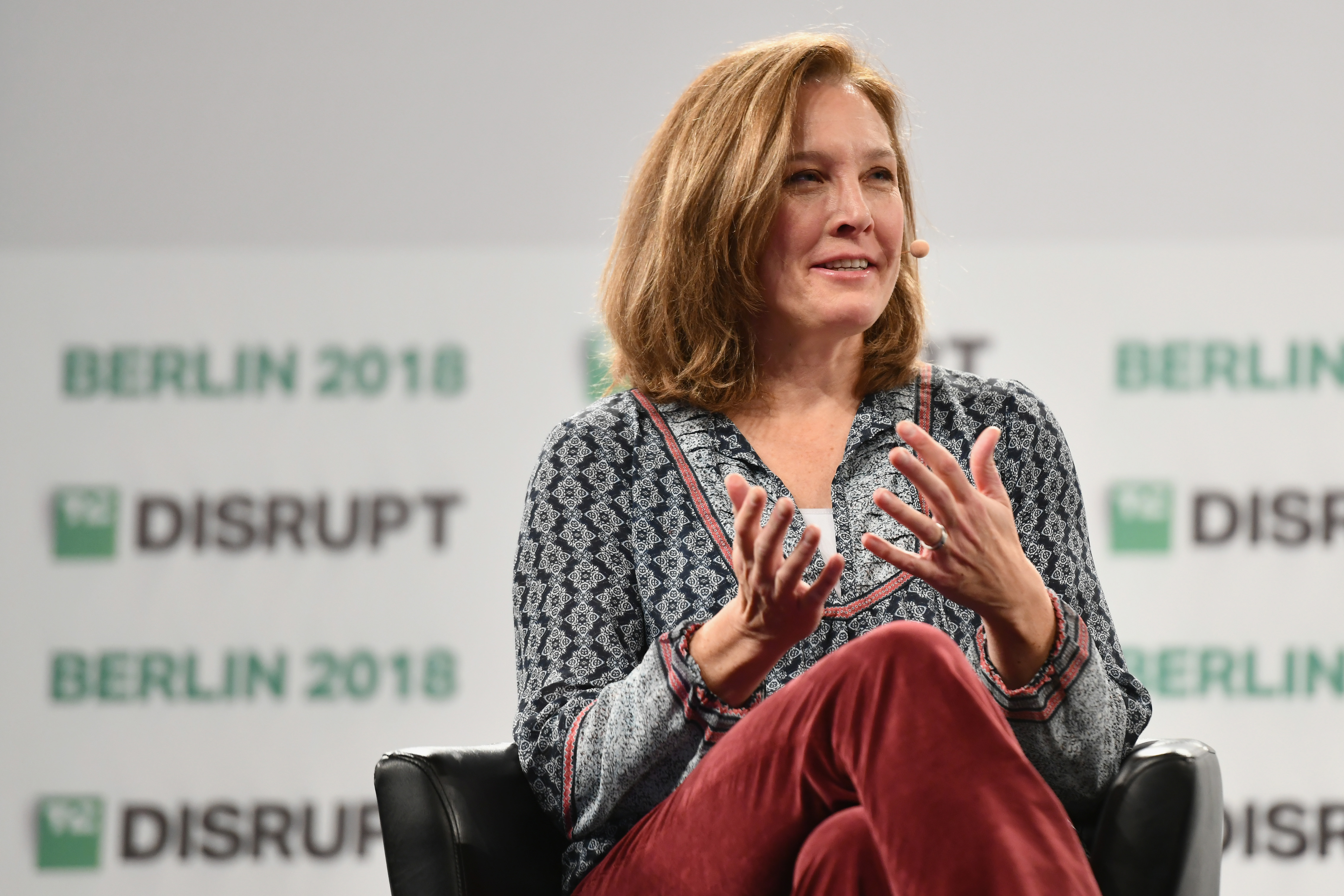Babbel, the popular subscription-based online language learning service, today announced a couple of updates about its U.S. businesses — the Berlin-based company’s largest market by overall revenue and its fastest growing one, too. In the first half of 2022, the company sold more than 1 million subscriptions in the U.S and it’s now also extending its B2B business to the U.S. as well.
A few years ago, Babbel squarely set its sights on the U.S. when it brought on Julie Hansen, the former COO and president of Business Insider, as its CRO and U.S. CEO. It’s maybe no surprise that the company is now looking to expand the B2B side of its business as well. So far, the company only expects to see about 6% of its total revenue come from its B2B business by the end of the year, but it’s a growing part of its overall business. “B2B is a slower build,” Hansen told me. “It’s a people-led business. But it’s growing really nicely. We’re actually ahead of goal so far this year.”

CEO of Babbel US Julie Hansen speaks on stage during TechCrunch Disrupt Berlin 2018 at Treptow Arena on November 30, 2018 in Berlin, Germany.
To push ahead, Babbel has hired a group of salespeople in the U.S. and is starting to see some traction with U.S. businesses, including a number of MLB teams, for example. Hansen noted that the U.S. market is also quite different from the European market in this respect.
“[The U.S. market] is different from Europe, where we’re largely serving a white-collar audience — multinational companies, sometimes its frontline workers, a hotel desk, etc. Very often, it’s intra-company communication, as well as between companies. In the US, we have some of that, but we have a lot of what you might consider more of a blue-collar workforce,” Hansen noted.
Overall, the company’s B2B side now works with over 1,000 companies and is seeing a revenue renewal rate of above 100%.
She also noted how Babbel has branched out from its origins as a mobile app in recent years. The company has launched more than 20 podcasts in recent years for example, but from the business perspective, its live classes continue to grow as well. Hansen noted that Babbel’s live classes saw 300% year-over-year user growth and 400% year-over-year revenue growth, something she attributed to Babbel changing its business model for these live classes from pre-class pricing to an all-you-can-eat (or learn?) subscription model. In Europe, the company’s live businesses saw more than 1 million Euros in revenue in May and June, the company tells me, and it’s also now launching in the U.S.
Like other educational apps, Babbel got some tailwinds during the early pandemic, as people decided that they might as well learn a new language while stuck at home. Interestingly, Babbel never saw a real slowdown during the later phases of the pandemic, in part because now, travel has once again become a major motivator for its customers.















 English (US) ·
English (US) ·